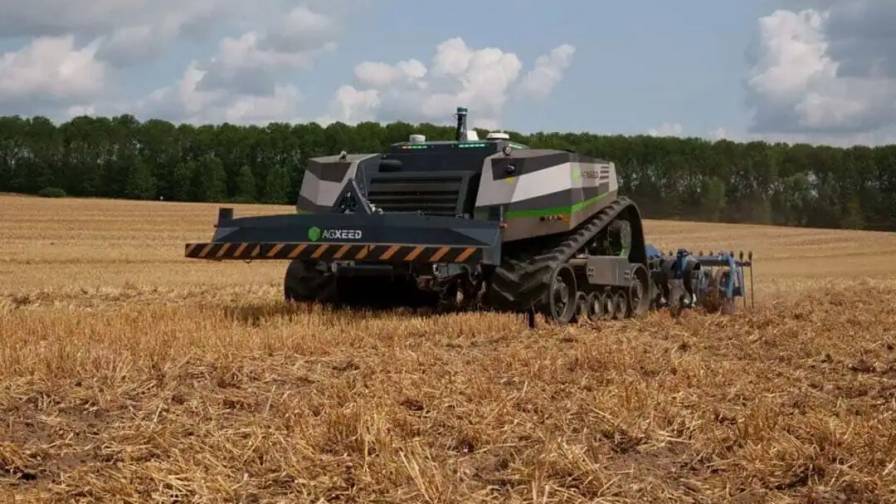How the Food Industry Can Meet the Needs for Traceability and Sustainability
Editor’s note: Anastasia Volkova, CEO and Co-founder of Regrow, was a speaker at this year’s VISION Conference. She also is a regular contributor for Forbes, which includes this insightful piece on traceability and sustainability in modern agriculture.
In a recently published article, I shared the practical challenges of making food production more sustainable, specifically linked to the adoption of regenerative agriculture practices, writes Anastasia Volkova at Forbes.
It is important to note that, in order to truly enable this transition, farmers and agriculture companies working with farmers in the supply chain need to be incentivized to put extra efforts into changing their businesses and taking the risk associated with those changes.
What would enable farmers and their partners to be paid more for climate-smart practices?
MORE BY FORBES
EOS Data Analytics: Balancing Risk, Reward And Intuition When Establishing Strategic Partnerships
Of course, the example of organic farming comes to mind here. Farmers can receive a price premium because consumers are ready to pay more for a product that is certified organic. Maybe climate-smart, sustainable agriculture can also benefit from consumer awareness and the willingness to make planet-forward choices? I believe so, but in order to make it happen, we’ll need to address some significant barriers in the agriculture industry.
Modern agriculture and food production have been optimized for efficiency. Now, they need to be recalibrated in order to support the sustainability demands and the traceability requirements that come with them.
The food chain for major commodities in most developed countries currently has the farmer and the consumer separated by many steps of processing. There are many links in this chain: cooperatives, grain elevators, food processors, packers and grocers. In order to show a consumer that a particular ingredient was grown sustainably, there needs to be traceability through all of the steps of the process: all the way from farmer planting and harvesting the crop to the grocer putting the finished product on the shelf.









